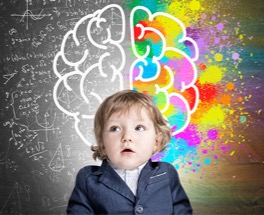
Children can seem joyfully simple when they are laughing and giggling. But when frustration hits, it can sometimes be difficult to pinpoint what the actual need is. This can lead to bigger outbursts as we (adults) try to decode the language of whining and crying. As an educator, it is important to be able to decipher what is going on with a child so that we can accurately understanding and then redirect to a calmer outcome. One way that an educator can do this, is to categorize the needs of the child. There are 3 categories that we can break a need down into: Executive State, Emotional State and Survival State. Identifying which brain state the child is in, helps with a course of action that is effective and brings reassurance to the child.
The Executive State is when a child needs to utilize problem solving strategies and may need some help with exercising autonomy.
The Emotional State is where a child needs regulation through empathy and connection. They may not be able to identify how they feel and may need help labelling their emotions.
The Survival State is where structure and support can calm emotions and provide a safe space to start to decompress from a stressful experience.
The next time you experience your child starting to become frustrated or overwhelmed, see if you can identify which state of mind they are in. Does your child need an opportunity for autonomy (Executive State), or are they consumed with emotions and needs labels to make sense of a feeling (Emotional State) or maybe stress levels are so high that they need predictability to feel safe again (Survival State)? Hopefully being able to identify which state they are in will help move the encounter towards a quicker resolution.
Your partner-in-learning,
Fiona Abbas-Lee




